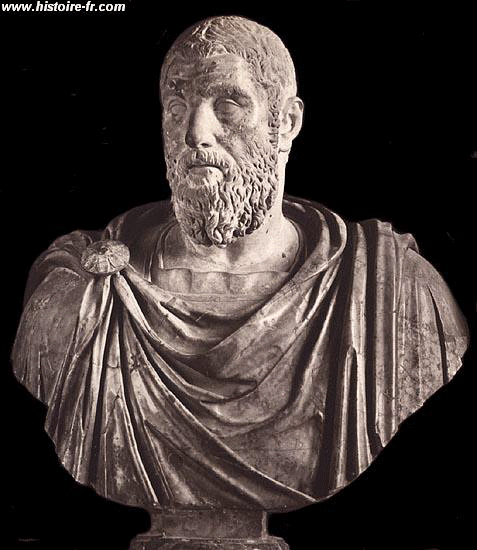Star
and Crescent Coins
The star and the crescent symbols have a long history in art , astronomy, astrology and numesmatics
On coins of Roman Era the depiction of these symbols seems to indicate celestial arrangments of planets
There are never more than seven stars depicted, wich would account fo all the roaming objects in the "heavens" (Sun, Moon,Mercury,Venus, Mars, Jupiter, Saturn)
All of the appearances of the star/cresent motif occurred during the reigns of 6 emperrors :
Hadrian, Commodus, Septimus Severus, Caracalla, Geta, and Percennius Niger
Hadrian 117-138 AD

Commodus 180-190 AD

Septimus Severus 193-211 AD

Caracalla 211-217 AD

Geta 209-211 AD
Publius Septimus Geta .. son of Septimus Severus and brother of Caracalla

Percennius Niger 193-194 AD
Roman usurper in the Eastern Roman Empire














تعليق